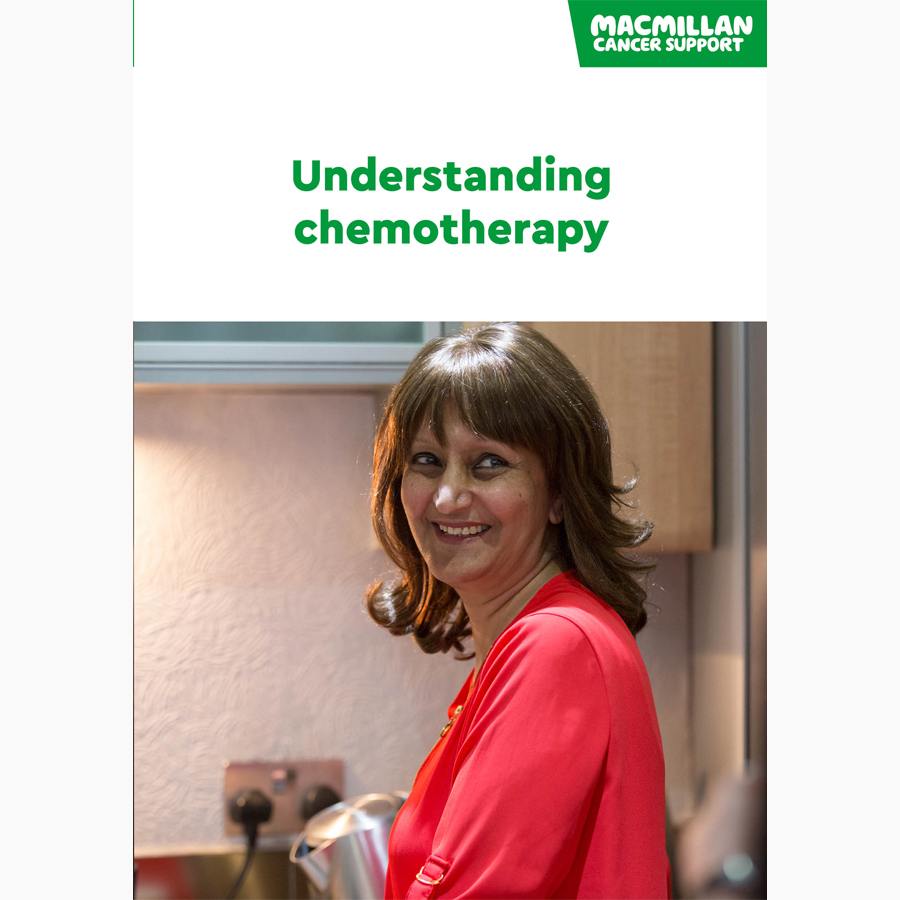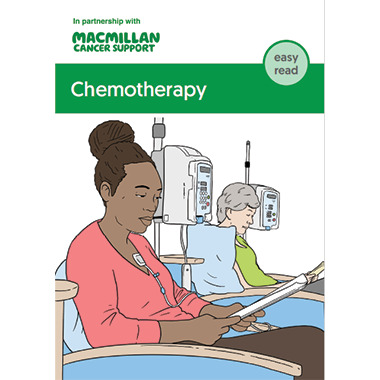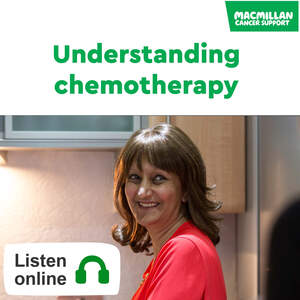Chemotherapy for oesophageal cancer
What is chemotherapy?
Chemotherapy uses anti-cancer (cytotoxic) drugs to destroy cancer cells. It may be used on its own, or with surgery, radiotherapy or a targeted therapy drug.
When chemotherapy is used for oesophageal cancer
Chemotherapy can be given in different ways depending on the type of oesophageal cancer you have.
Chemotherapy for adenocarcinoma may be given:
- both before and after surgery (perioperative chemotherapy)
- with radiotherapy (chemoradiation)
- on its own as palliative treatment
- with immunotherapy or targeted therapy (palliative treatment).
Chemotherapy for squamous cell carcinoma may be given:
- on its own before and after surgery (perioperative chemotherapy)
- with radiotherapy (chemoradiation)
- on its own as palliative treatment
- with immunotherapy or targeted therapy (palliative treatment).
Perioperative chemotherapy
When chemotherapy is used both before and after surgery, it is called perioperative chemotherapy. This treatment shrinks the tumour to make surgery more effective. It also reduces the chance of the cancer coming back. You usually have chemotherapy for 2 to 3 months before the operation, and again for 2 to 3 months after it.
Chemoradiation
This is when you have chemotherapy at the same time as radiotherapy.
Chemoradiation may be given before surgery to help shrink the tumour. This is called neo-adjuvant treatment. Or it can be used as the main treatment without the need for surgery afterwards. This is called definitive chemoradiation.
Chemotherapy makes the cancer cells more sensitive to radiotherapy. Combining both treatments is more effective than having either treatment on its own. Your cancer doctor or specialist nurse will explain what your course of chemoradiation involves.
Palliative chemotherapy
Chemotherapy can be used as the main treatment:
- if the cancer cannot be removed by surgery
- to control cancer that has spread to other parts of the body (advanced cancer).
You may have more than 1 course of chemotherapy. It can help control the cancer and reduce symptoms.
Some people may have targeted or immunotherapy treatment as well as chemotherapy, including the following:
- Trastuzumab is a targeted drug used for some people with adenocarcinoma.
- Nivolumab (Opdivo®) is an immunotherapy treatment used for some people with adenocarcinoma or squamous cell carcinoma.
- Pembrolizumab (Keytruda®) is an immunotherapy treatment used in advanced oesophageal cancer for both adenocarcinoma and squamous cell carcinoma.
Chemotherapy drugs used to treat oesophageal cancer
The chemotherapy drugs most commonly used to treat oesophageal cancer are:
- carboplatin, oxaliplatin, or cisplatin
- fluorouracil (5FU) or capecitabine
- paclitaxel (Taxol®) or docetaxel.
Other chemotherapy drugs such as trifluridine-tipiracil hydrochloride (Lonsurf®) or irinotecan may also be used.
Combination chemotherapy treatments
Usually, you have a combination of 2 or more drugs. The drugs you have will depend on whether you have an adenocarcinoma or a squamous cell carcinoma. The treatments are sometimes named after the initials of the drugs included.
Common combinations for both types are:
- carboplatin and paclitaxel
- cisplatin and 5FU or capecitabine
- oxaliplatin and capecitabine (XELOX).
Other common combinations used for adenocarcinoma of the oesophagus are:
Related pages
How chemotherapy is given
You usually have chemotherapy treatment in a chemotherapy day unit. This means you can go home on the same day.
After each session, you usually have a rest period of a few weeks. This allows your body to recover from the side effects. The treatment and the rest period make up a cycle of treatment. Your specialist will talk to you about this and tell you how many cycles you are likely to have.
You have the chemotherapy drugs given into a vein (intravenously) or as tablets. Oesophageal cancer is sometimes treated with a combination of both.
We have more information about how chemotherapy is given.
Booklets and resources
About our information
This information has been written, revised and edited by Macmillan Cancer Support’s Cancer Information Development team. It has been reviewed by expert medical and health professionals and people living with cancer.
-
References
Below is a sample of the sources used in our oesophageal cancer information. If you would like more information about the sources we use, please contact us at informationproductionteam@macmillan.org.uk
European Society for Medical Oncology. Oesophageal Cancer: ESMO clinical practice guidelines for diagnosis, treatment and follow up. 2022. Available from www.esmo.org/guidelines/guidelines-by-topic/gastrointestinal-cancers/oesophageal-cancer [accessed July 2023].
National Institute for Care and Health Excellence. Oesophago-gastric cancer: assessment and management in adults NICE guideline [NG83]. 2018. Available from www.nice.org.uk/guidance/ng83 [accessed July 2023].
Dr Chris Jones
Reviewer
Speciality Registrar in Clinical Oncologist and Clinical Lecturer in Clinical Oncology
Date reviewed

Our cancer information meets the PIF TICK quality mark.
This means it is easy to use, up-to-date and based on the latest evidence. Learn more about how we produce our information.
The language we use
We want everyone affected by cancer to feel our information is written for them.
We want our information to be as clear as possible. To do this, we try to:
- use plain English
- explain medical words
- use short sentences
- use illustrations to explain text
- structure the information clearly
- make sure important points are clear.
We use gender-inclusive language and talk to our readers as ‘you’ so that everyone feels included. Where clinically necessary we use the terms ‘men’ and ‘women’ or ‘male’ and ‘female’. For example, we do so when talking about parts of the body or mentioning statistics or research about who is affected.
You can read more about how we produce our information here.







